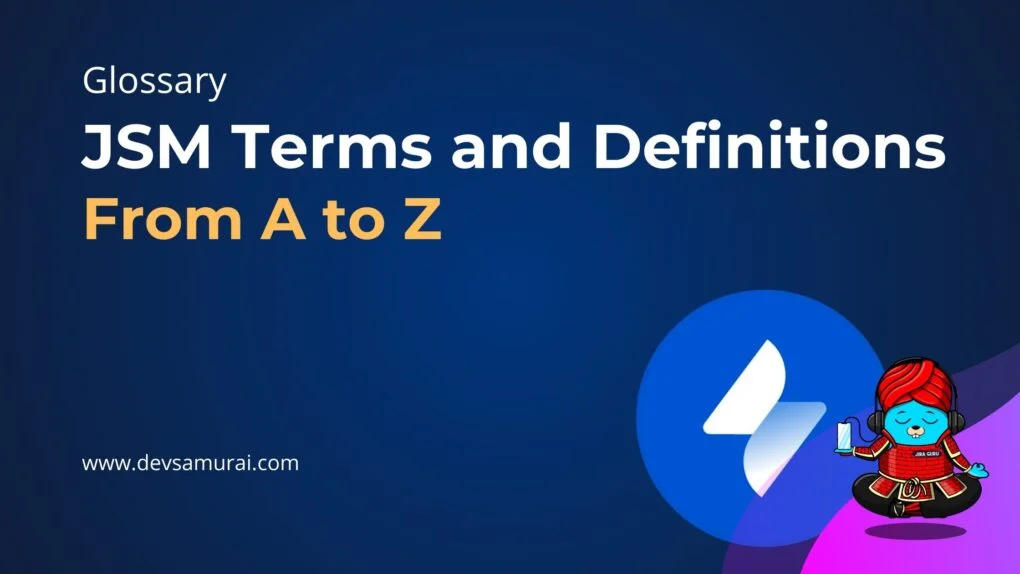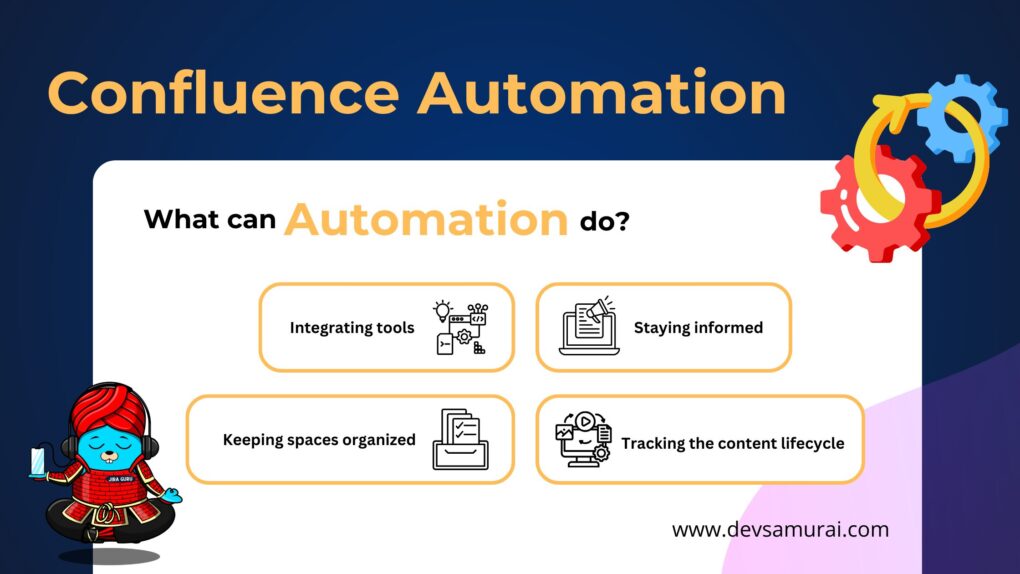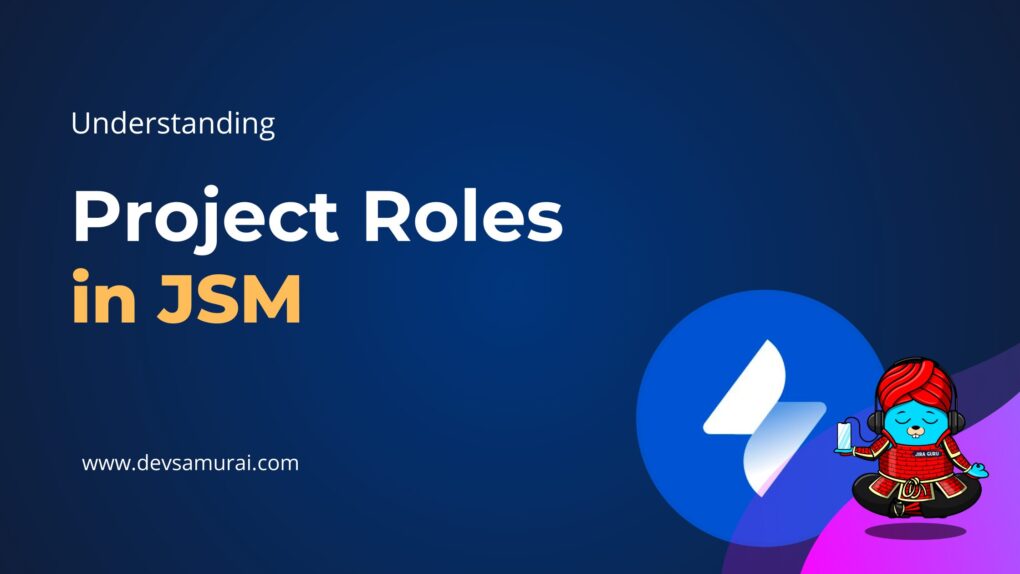Jira Service Management, part of Atlassian’s suite of products, is widely used for IT service management, especially by IT and customer service teams.
This blog clarifies Jira Service Management terminology with a complete A to Z glossary.

GLOSSARY: JIRA TERMS AND DEFINITIONS | FROM A TO Z
Here’s a brief glossary covering essential terms
A –
Agent: A user in Jira Service Management responsible for resolving issues and fulfilling service requests. Agents typically have access to more functionalities within the system than end-users or customers.
API (Application Programming Interface): A set of programming instructions and standards for accessing a web-based software application like Jira Service Management. APIs in Jira allow integration with other systems and enable automation of various tasks.
Audit Log: A record in Jira Service Management that tracks changes and activities within the system, such as changes to configurations, user permissions, and project settings. This is crucial for maintaining security and compliance.
Agile Integration: The capability of Jira Service Management to integrate with Agile methodologies and tools, facilitating Agile project management alongside service management tasks.
Asset Management: The process of tracking and managing physical or digital assets (like hardware, software licenses, etc.) in Jira Service Management. This often involves integration with asset management tools.
Assets Query Language (AQL): A language format for searching and managing assets and configuration items in Jira Service Management.
B –
Breach: In the context of Service Level Agreements (SLAs) in Jira Service Management, a breach occurs when a service request or issue is not resolved within the agreed-upon time frame. SLA breach reports help in identifying areas needing improvement.
C –
Change Management: A structured approach in Jira Service Management to manage changes to IT services. It involves steps for assessing, planning, implementing, and reviewing changes to minimize risk and impact on service quality.
Customer Portal: The interface in Jira Service Management where customers can create, manage, and track their service requests. It’s designed to be user-friendly, allowing customers to easily interact with the service team.
Configuration Management: The process of managing and maintaining detailed information about IT assets and configurations within an organization. In Jira Service Management, this often involves integrating with Configuration Management Databases (CMDB).
Component: In Jira Service Management, a component is a subdivision of a project, representing parts of a system or service. Components can be used to categorize issues, manage work, or track responsibilities.
Customer Satisfaction (CSAT): A measure in Jira Service Management to assess customer satisfaction with the resolution of their service requests. This is often done through surveys sent to customers after their tickets are resolved.
D –
Disaster Recovery: Disaster recovery involves plans and processes to restore service and data continuity in case of a major system outage or failure.
Distribution List: A group of email addresses used in Jira Service Management to send notifications or updates about issues and projects. This is useful for keeping a broader audience informed.
De-escalation: The process in Jira Service Management of reducing the priority or urgency of an issue, usually after the issue has been addressed or resolved to the customer’s satisfaction.
E –
Escalation: In Jira Service Management, this refers to the process of increasing the urgency or priority of an issue, often due to its complexity, severity, or approaching deadlines. Escalation can be manual or automated based on specific criteria. Customers can also escalate tickets on the portal by themselves with outsourcing solutions like Feature Bundle.
Enterprise Service Management (ESM): Extending the principles and functionalities of IT service management to other departments within an organization, such as HR, legal, or finance, using tools like Jira Service Management.
Evaluation License: A temporary license offered by Atlassian for Jira Service Management, allowing potential users to try out the software before committing to a full purchase.
Environment: In the context of software development and IT service management, this refers to a system or setup where software runs (like production, staging, test environments). Jira Service Management can be used to track and manage issues related to different environments.
G –
Groovy Scripting: Groovy is a programming language used for advanced customization and automation. It allows for writing scripts to extend the functionality of Jira beyond its standard features.
Guest User: This user role offers limited access, often for viewing and commenting on issues without making significant changes.
H –
Helpdesk: In Jira Service Management, a helpdesk is a centralized platform where users can submit, manage, and track service requests or report issues. It’s designed to streamline customer support and IT service management processes.
Hierarchy: Refers to the organizational structure within Jira Service Management for categorizing and managing issues. This can include various levels such as Epics, Stories, Tasks, and Sub-tasks, helping in breaking down work and managing dependencies.
High Availability: The system’s ability to operate continuously and reliably minimizes downtime, ensuring constant accessibility to the service desk.
I-
Incident Management: A critical process in Jira Service Management for responding to unplanned interruptions or reductions in quality of IT services. The goal is to restore normal service operation as quickly as possible and minimize the adverse impact on business operations.
Issue: In Jira Service Management, an issue can represent a service request, task, problem, or any work that needs to be tracked and resolved. Each issue has a unique ID and contains information like status, assignee, reporter, and description.
IT Service Management (ITSM): ITSM refers to the implementation and management of quality IT services that meet the needs of the business. Jira Service Management is a tool that supports ITSM processes through features like ticketing, incident management, problem management, and change management.
Inventory Management: A component of asset management within Jira Service Management, which involves tracking and managing physical assets (like computers, software, and other equipment) used by an organization.
ITIL (Information Technology Infrastructure Library): A set of detailed practices for ITSM that focuses on aligning IT services with the needs of business. Jira Service Management supports many ITIL processes like incident, problem, and change management.
Instance: Refers to a specific installation of Jira Service Management, which can be on-premise or cloud-based. Each instance can be customized and configured to suit the unique needs of an organization.
Issue Collector: A tool in Jira Service Management that allows the collection of feedback or bug reports directly from a website. It embeds a feedback form into a web page, linking the input back to Jira as issues
J –
JQL (Jira Query Language): A powerful query language in Jira Service Management that allows users to search for issues using specific criteria. JQL is highly flexible and can be used to create complex search queries and reports.
JSON (JavaScript Object Notation) Import/Export: In Jira Service Management, JSON is used for importing and exporting data. This format is particularly useful for transferring configuration settings or issues between different Jira instances.
Just-In-Time Training: A training approach in Jira Service Management where users are provided with training resources and information as they need it, often integrated into the software itself through help sections or interactive guides.
K –
Knowledge Base: In Jira Service Management, this is a centralized repository for storing and sharing information, such as how-to guides, FAQs, troubleshooting instructions, and policy documents.
Knowledge-Centered Service (KCS): An approach to service management that emphasizes knowledge as a key asset of the service desk. KCS practices are integrated into Jira Service Management to create and maintain a knowledge base that evolves with the service desk’s experiences and needs.
L –
LDAP (Lightweight Directory Access Protocol) Integration: Refers to the integration of Jira Service Management with LDAP-compatible directory services for user authentication and management. This enables organizations to manage user accounts and access centrally.
Lean Methodology: A methodology focused on maximizing value while minimizing waste. In the context of Jira Service Management, Lean principles can be applied to streamline processes and improve efficiency.
Look and Feel Settings: Customization settings in Jira Service Management that control the visual appearance of the platform, such as color schemes, layouts, and branding elements.
M –
My Requests: A feature in the customer portal of Jira Service Management where customers can view and track the status of their service requests. It allows users to easily keep tabs on their interactions with the service desk.
N –
Next-Gen Projects: A type of project in Jira Service Management and other Atlassian products designed to be more flexible and easier to set up compared to classic projects. They offer simplified configurations and are ideal for teams that want to manage their own workflows and board settings.
Network Discovery: A process in IT service management, sometimes integrated with Jira Service Management, that involves automatically identifying devices and resources on a network. This is crucial for asset and configuration management.
Non-Disclosure Agreement (NDA): In the context of Jira Service Management, NDAs may be relevant when handling sensitive data or information within service requests or when integrating with third-party vendors and services.
Node: In a Jira Service Management Data Center environment, a node refers to an individual server in a cluster. Multiple nodes work together to provide high availability and load balancing.
O –
Operational Level Agreement (OLA): An agreement between an IT service provider and another part of the same organization. Detailing the services, responsibilities, and targets that are necessary in supporting a Service Level Agreement (SLA).
On-premise: This refers to Jira Service Management being installed and run on computers on the premises of the person or organization. Using the software, rather than at a remote facility such as a server farm or cloud.
OAuth: An open standard for access delegation to allow users to grant third-party services access to their information without exposing their credentials.
Outage: Refers to a period when a system or service is not operational. In Jira Service Management, tracking outages is important for incident management and understanding the impact on service levels.
Object Schema: Collection of information in Assets for tracking and visualizing relationships.
P –
Priority: This refers to the importance of an issue in Jira Service Management. Setting priorities helps in determining the order in which issues should be addressed. Common priorities include Low, Medium, High, and Critical.
Permission Scheme: Defines user permissions within a project, including issue creation, assignment, and data access.
Problem Management: A process in ITSM, integrated into Jira Service Management. Focuses on identifying and resolving the root cause of incidents and preventing their recurrence.
Proactive Support: Efforts to identify and resolve issues before impacting customers improve service quality and satisfaction.
Q –
Queue: In Jira Service Management, a queue is a list of issues that are organized based on certain criteria, such as priority, status, or assignment. Queues help agents manage and prioritize their workload effectively.
Query: A request for information from the Jira database, often using Jira Query Language (JQL). Queries can be used to find issues that meet specific criteria, generate reports, or create custom views.
Quality of Service (QoS): This refers to the overall performance level of a service, as perceived by the user. In Jira Service Management, QoS may relate to response times, resolution times, and the effectiveness of solutions provided.
Quality Assurance (QA): QA processes ensure service desk efficiency and high-quality solutions for customers.
Quota Management: Resource management monitors and allocates resources efficiently while staying within usage limits.
Query Optimization: Optimizing JQL queries is crucial for faster performance, especially with large datasets or complex criteria.
R –
Resolution Time: Resolution time measures the time to resolve an issue or service request since its creation.
Request Type: In Jira Service Management, request types categorize service requests like ‘Report a Problem’ for better ticket management.
Routing Rules: Rules automate ticket routing based on criteria like issue type or customer details in Jira Service Management.
Release Management: A process in Jira Service Management that involves planning, scheduling, and controlling the movement of releases to test and live environments. It’s key in ensuring that updates are delivered in a controlled manner.
REST API: The REST API enables developers to programmatically interact with the Jira instance, enabling integrations and task automation.
Risk Management: The process of identifying, assessing, and controlling risks that could impact the service desk’s ability to operate effectively. In Jira Service Management, this includes managing risks related to changes, security, and compliance.
S –
Service Level Agreement (SLA): An SLA is a contract between the service provider and the customer that defines the expected level of service. SLAs often specify response and resolution times for different types of issues or requests.
Service Desk: A service desk is a point of communication between users and IT staff. It’s where users can submit requests, report issues, and seek assistance.
Security Scheme: Project configurations define issue access based on roles and permissions.
T –
Transition: The process of moving an issue or ticket from one status to another in its workflow in Jira Service Management. Transitions represent the progression of work on an issue.
U –
User Story: In Agile methodology, a user story is a short, simple description of a feature or functionality told from the perspective of the user or customer. In Jira Service Management, user stories help define requirements and guide development work.
User Acceptance Testing (UAT): A development phase where users test new features to ensure they meet requirements before wide rollout.
V –
Validation: Validation checks criteria before transitioning an issue, like ensuring all required fields are filled.
Virtual Agent: Some service management tools feature AI-powered agents for assisting with basic queries and tasks.
W –
Workflow: In Jira Service Management, a workflow represents the process that an issue follows from creation to resolution. It consists of statuses and transitions that map out the lifecycle of an issue.
Widget: Widgets in Jira Service Management display issues, metrics, or reports on dashboards.
Wiki Markup: A type of syntax used in Jira Service Management to format text in issue descriptions and comments. It allows for the inclusion of styles, links, images, and other elements.
WYSIWYG Editor: WYSIWYG is an acronym for “what you see is what you get. The Jira Service Management WYSIWYG editor lets users edit text as it will appear when viewed.
Wildcard Search: A Jira Service Management search feature uses wildcards to find issues matching specific patterns.
X –
XML (eXtensible Markup Language) Export/Import: XML export/import features are used for data migration or backup purposes. XML export allows you to create a backup of your projects, issues, and configurations.
Y –
YAML (YAML Ain’t Markup Language) Configuration: YAML is a human-readable data serialization language often used for configuration files. YAML might be used for defining configuration settings, automation rules, or workflows.
YAGNI (You Aren’t Gonna Need It): A principle in software development that suggests avoiding adding functionality until it is necessary. This could apply to customizations or add-ons, emphasizing the importance of simplicity and utility.
Z –
Zonal Redundancy: A method of ensuring high availability and disaster recovery by replicating data across multiple geographic zones. In Jira Service Management, especially in cloud environments, zonal redundancy can be crucial for data integrity and service continuity.
In summary, this A to Z Jira Service Management glossary covers essential terms and concepts. From basic functionalities to advanced features, it’s designed to enhance understanding and communication for both new and experienced users. This evolving glossary is a key resource for mastering Jira Service Management’s comprehensive solution.










